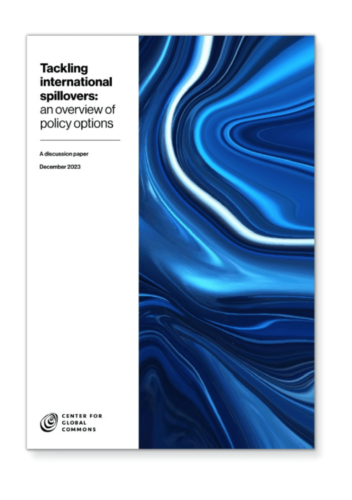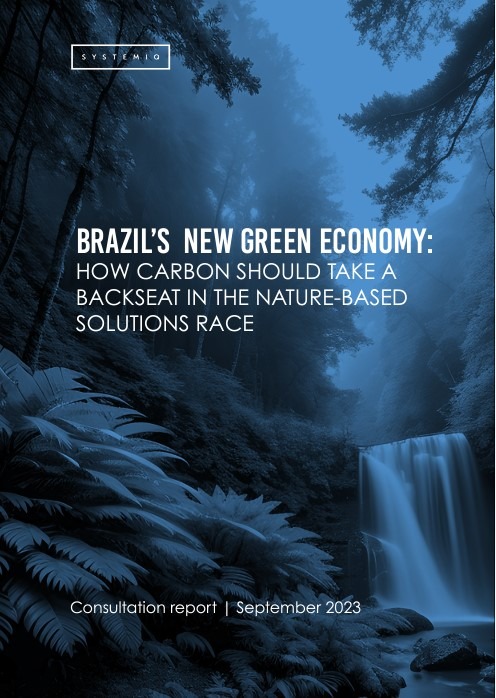An overview of policy options
Today’s economies and markets fail to adequately price the full societal costs of business models on our natural world. This undermines our global commons—the stable and resilient Earth systems on which human prosperity and security depend. National policies tend to focus on domestic priorities, ignoring the significant negative environmental impacts on other countries that contribute to the degradation of the global commons.
Yet, environmental pressures transcends national borders. The Global Commons Stewardship Index highlights that 47% of deforestation, 33% of greenhouse gas (GHG) emissions and 24% of water stress are driven by international spillovers—mostly through trade. Tackling the challenges presented by these spillovers requires a profound shift in how we value natural capital. This is urgently needed, but will take time, and must be accompanied by other policy and business measures that curb international spillovers and drive the transformation of our economic systems.
This discussion paper introduces a framework for understanding how four types of national policy levers can tackle international spillovers: (1) target setting and monitoring; (2) public management; (3) regulation; and (4) fiscal policy and financing. It considers both demand and supply-side policy instruments and their impacts on the global commons, and highlights practical lessons on how national policymakers can begin to act now.




